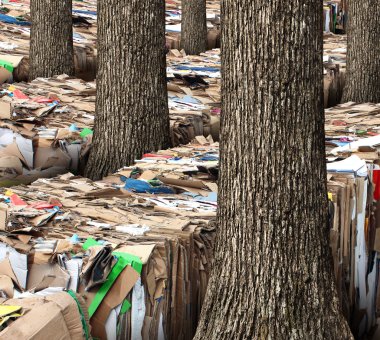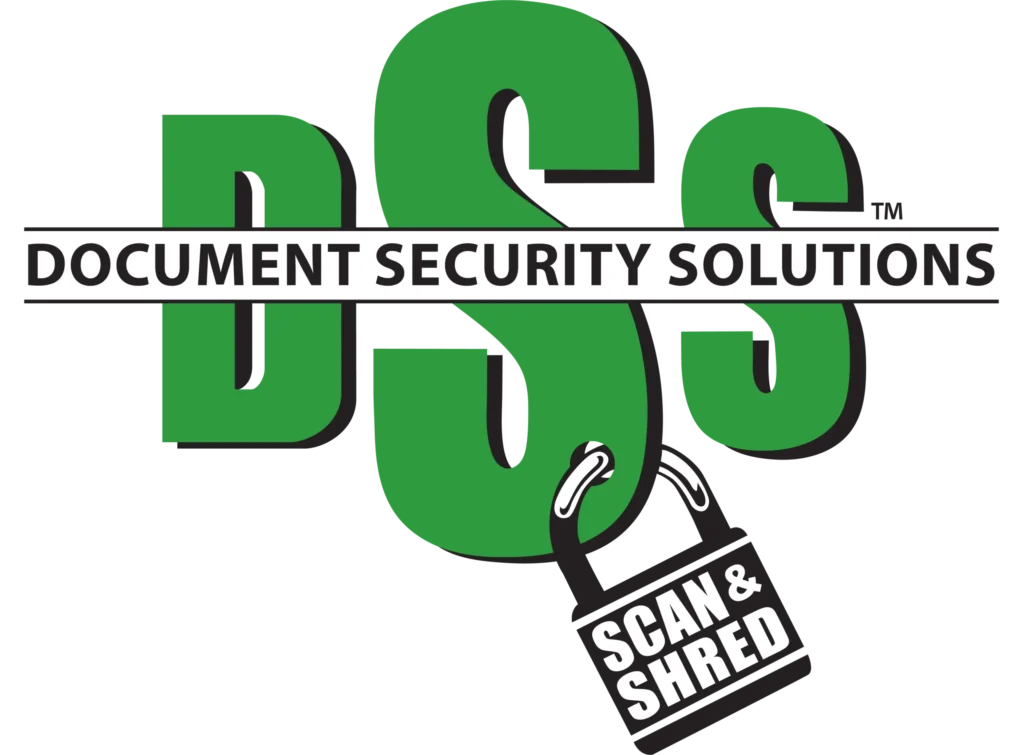Did you know 53% of businesses aren’t fully aware of the laws around document destruction? You’re not alone if you’ve got misconceptions. We’re debunking common myths about shredding documents, from security concerns to recycling issues. You’ll learn the truth behind in-house shredding efficiency and legality compliance. Let’s clear up misunderstandings and enhance your knowledge about this crucial aspect of business operations.
Understanding the Basics of Document Shredding
Let’s first get a basic understanding of what document shredding is and why it’s important. Document shredding is the process of destroying paper documents by cutting them into minute, unreadable pieces. It’s crucial for preserving privacy and protecting sensitive information from falling into the wrong hands.
Now, let’s delve into Shredding Equipment Types. You’ve got strip-cut shredders that slice documents longitudinally creating long strips. Cross-cut or confetti-cut shredders are another type, they cut both longitudinally and latitudinally producing tiny bits of paper – offering more security.
Micro-cut shredders provide the highest level of security as they shred into extremely small confetti-like pieces that are nearly impossible to reconstruct. While these types sound fancy, it doesn’t mean you’ll need to break the bank.
The Document Shredding Costs can vary greatly depending on your needs. For personal use, a decent cross-cut shredder might set you back just under $100 while a high-end micro-cut machine can cost several hundreds.
For businesses with bulk-shredding needs, hiring professional services maybe more cost-effective considering labor costs and time saved. Remember though, ensuring your private information remains confidential is priceless!
Debunking the Myth: Shredding Weakens Security
You might’ve heard that getting rid of your papers this way compromises safety, but in reality, it’s quite the opposite. With shredding technology advancements, document destruction is more secure and environmentally friendly than ever before.
* Shredders now come equipped with features such as cross-cutting and micro-cutting which slice paper into minuscule pieces, making them impossible to reconstruct.
* Many modern shredders also have auto-feed mechanisms and jam protection systems for efficient, uninterrupted operation.
* Environmentally speaking, shredded paper can be easily recycled. In fact, many commercial services turn this waste product into recycled goods or compost.
Remember though: the impact on the environment is significantly reduced when you shred responsibly. Don’t just throw shredded documents in the trash – recycle them instead.
The Truth Behind Recycling Shredded Documents
It’s often misunderstood how shredded paper gets recycled, so let’s delve into the truth behind this process. Although it may seem like a simple task, recycling shredded documents is actually quite involved. You see, when paper is shredded, it decreases in quality and value due to the reduction in fiber length.
In the first stage of recycled paper production, your shredded documents are mixed with water to create a slurry. This mixture then goes through several cleaning processes to remove any contaminants such as ink or adhesives. Then comes the pulping process where the mixture is further broken down into fibers.
Now you might be wondering about its environmental impacts? Well, recycling reduces waste that would otherwise end up in landfills and also saves trees by reducing demand for new pulpwood. It cuts down on energy consumption too; manufacturing with recycled materials uses significantly less energy than creating products from virgin resources.
However, it’s important to note that not all shredded paper can be recycled. Some items like thermal receipts or laminated papers disrupt the process and should be disposed of differently. So next time you’re shredding, remember these facts and help make our planet a little greener!
Disputing the Misconception of In-House Shredding Efficiency
Contrary to popular belief, handling paper disposal on your own isn’t always the most effective method. While it might seem like a cost-efficient alternative, when you consider the bigger picture, in-house shredding can become an unnecessary burden.
Consider these factors:
– Cost analysis: The cumulative costs of owning and maintaining a shredder, including energy consumption and potential repair costs can add up significantly over time.
– Time management: It’s not just about money; there’s also the consideration of man-hours lost to shredding tasks that could be better utilized elsewhere.
– Security risks: In-house shredding doesn’t guarantee total destruction of sensitive documents. Professional services often provide more secure shredding alternatives.
Shredding alternatives are plentiful and worth exploring. You could outsource your document destruction needs to a professional company which specializes in this field. This way you’re freeing up valuable time for your staff while ensuring maximum security for sensitive information. Therefore, don’t get caught up in misconceptions about in-house shredding efficiency – weigh all the factors before making a decision.
Challenging the Myth: All Shredders Provide the Same Level of Security
Don’t fall for the fiction that all disposal devices offer equal protection, because they don’t. In fact, shredder varieties and security levels vary significantly.
You might be using a strip-cut shredder, thinking it’s providing top-notch security when in reality, it’s at the bottom of the list. Strip-cut shredders only cut documents into long vertical strips which can potentially be reassembled by determined thieves.
Meanwhile, cross-cut or confetti-cut shredders provide a higher level of security by cutting documents both vertically and horizontally. This results in small pieces that are much harder to piece together.
For the highest level of document destruction, micro-cut shredders reign supreme. They pulverize papers into tiny particles making reconstruction virtually impossible.
Just consider this table showcasing different Shredder Varieties and their corresponding Security Levels:
| Shredder Type | Security Level |
| Strip-Cut | Low |
| Cross-Cut/Confetti | Medium |
| Micro-Cut | High |
Remember: not all shredders are created equal! So next time you’re shopping for one, keep these differences in mind so you can choose wisely based on your specific needs.
The Reality of Data Recovery From Shredded Documents
Despite what you might believe, recovering data from shredded material isn’t just a plot line for spy movies – it’s a real possibility, especially if you’re using a low-security shredder. The effectiveness of data destruction depends heavily on the shredding techniques employed.
– Strip-cut shredders: These produce long vertical strips, making recovery relatively easy.
– Cross-cut shredders: These create smaller pieces but with enough patience and resources, reconstruction is possible.
– Micro-cut shredders: With these types of machines, the paper is cut into tiny confetti-like pieces that are practically impossible to reassemble.
Each technique has its own recovery limitations. For instance, strip-cut and cross-cut shreds can still be pieced together given enough time and dedication. However, micro-cuts present an almost insurmountable challenge even for dedicated data thieves.
But remember this – even if recovery is theoretically possible, it doesn’t mean it’s practical or likely. High-level security threats might invest in such efforts but your average dumpster diver? Probably not. In any case, understanding the reality of data recovery from shredded documents can help you make informed decisions about document destruction at home or work.
Addressing the Misunderstanding of Legal Compliance in Document Destruction
It’s crucial to understand that adhering to legal standards in disposing of sensitive information isn’t as straightforward as some might think. You may feel safe thinking you’ve done enough by shredding the documents, but there are compliance pitfalls and legal loopholes in shredding that you need to be aware of.
| Compliance Pitfalls | Legal Loopholes |
| Non-compliance with industry-specific regulations (like HIPAA for healthcare or GDPR for data privacy) can lead to hefty fines. | Simply shredding does not ensure complete destruction of data; sophisticated technology might still retrieve it. |
| Destruction method might not meet legal requirements; Not all shredders provide the same level of security. | Documents improperly disposed of could end up in wrong hands due to lack of secure recycling processes. |
To avoid these issues, you must understand your industry’s specific document disposal laws and use a reliable document destruction vendor who meets those standards. Keep an audit trail and certificates of destruction for proof of compliance.
Frequently Asked Questions
What Are Some Ecological Impacts of Document Shredding?
You’re likely aware of recycling challenges associated with document shredding. It can increase your carbon footprint, as shredded paper is harder to recycle and often ends up in landfills, contributing to greenhouse gases.
Can Shredded Documents Be a Fire Hazard?
Don’t play with fire here – shredded documents can indeed be a fire hazard. Strict shredding regulations and fire prevention measures are crucial to mitigate any risks, ensuring your safety while managing waste responsibly.
How Does the Shredding Process Affect the Lifespan of the Shredding Machine?
The shredding process naturally wears on your machine. Regular machine maintenance improves shredding efficiency, prolongs the lifespan, and prevents damage. Without upkeep, you’ll notice a decrease in performance and ultimately shorten its life.
Is There Any Risk of Physical Injury When Using a Shredder?
Yes, you could potentially get injured when using a shredder. However, with proper shredder safety measures and use of personal protection equipment, you can significantly reduce any risk of physical harm.
Are There Any Alternatives to Shredding for Secure Document Destruction?
Ever considered alternatives to shredding for secure document destruction? You’ve got options! Digital destruction and incineration methods can be effective. They’re safe, efficient, and provide the security you need for disposing sensitive information.





